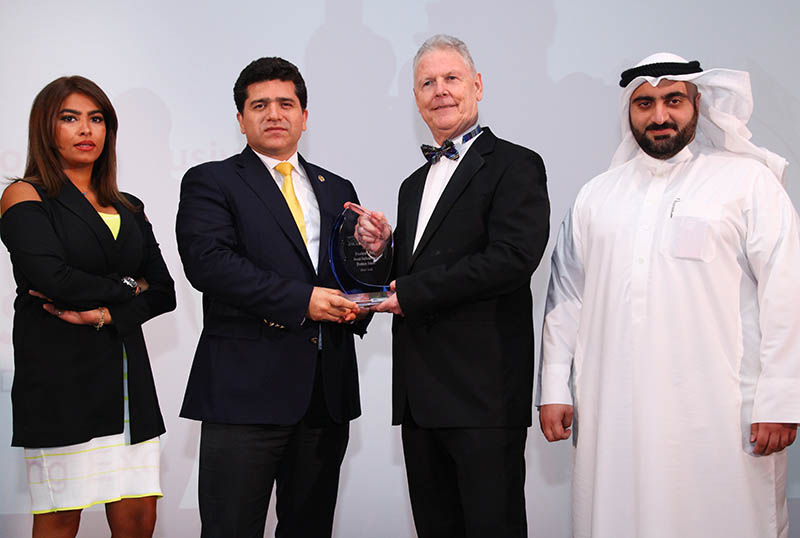 Dreambox has recently launched the UAEs first hosted contact centre providing customer experience solutions aimed at the SME market. Dreambox is responding to the growing demand for hosted services in the UAE – now to include voice and social interaction.
Dreambox has recently launched the UAEs first hosted contact centre providing customer experience solutions aimed at the SME market. Dreambox is responding to the growing demand for hosted services in the UAE – now to include voice and social interaction.
The solution, known as C3 (Cloud Contact Centre), is based on a combination of technologies from IP telephony to deep data analytics.
Dreambox aims to empower SMEs in the UAE to better service their customers, improve agent performance and reduce operational costs.
Dreambox is empowering SMEs to deliver a better user experience through it’s SaaS (Solution as a Service) suite of products and aims to expand more services in the near future. The C3 solution currently delivers solutions such as power dialer, integrated skills based routing, chat, email/SMS, Voice Biometrics, Video, Enhanced Social interactions, Personlised Voice Response and dynamic realtime analytics. Features that would normally be out of the reach of most SMEs, are now available on dreambox’s C3, on a hosted, “Pay-per-use” commercial model. It’s the easiest setup possible for any contact centre, allowing clients to be up and running in minutes.
“As the first UAE dedicated hosted contact centre, we will focus on providing the highest level of service to our clients and their end customers. Delivering call centre services on a SaaS model is common in many parts of the world however, doing this in the UAE with a plethora of unique features, is spearheading the next generation of customer support for the UAE SME market.” – said Mims Talsi, CEO.
Most incumbent contact centres need huge initial investment and significant costs associated with managing, maintaining and upgrading the platform. This also often means disparity results when technologies within an organization, do not align.
With Dreambox’s C3, the risk of managing ‘technology’ is taken away from the client, letting them concentrate on their core business. Dreambox’s hosted solution provides the most advanced features, often not found on premise based solutions, all on a manageable ‘rental’ basis.

